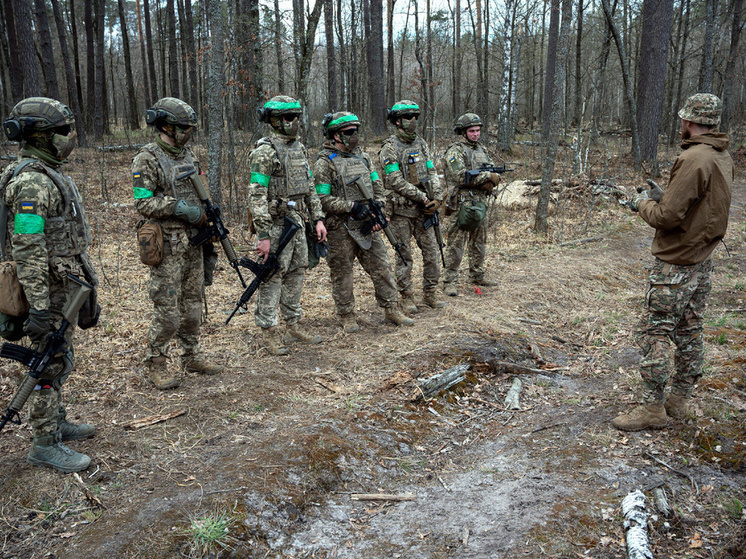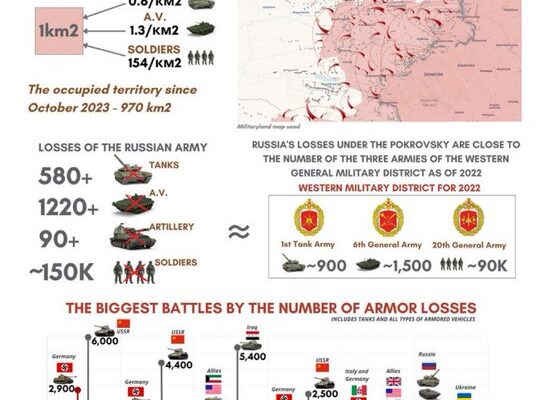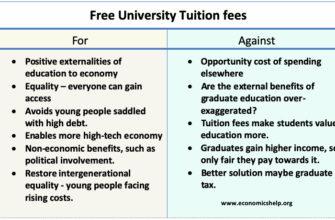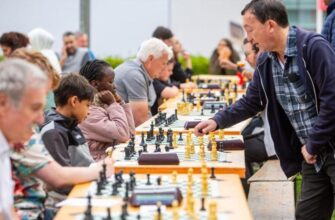An in-depth look at the escalating military situation and its broader implications.

The eastern front in Ukraine continues to be a theater of intense military activity, with particular focus now shifting to the area around Pokrovsk. Recent reports from various analytical channels suggest a significant escalation, indicating that the defensive lines of the Armed Forces of Ukraine (AFU) are under considerable strain, potentially signaling a broader strategic shift in the conflict.
The Advancing Front: Russian Objectives and Progress
According to assessments from channels monitoring military developments, Russian forces have reportedly made notable advancements in the Pokrovsk direction. Despite what is described as “serious resistance” from Ukrainian units, Russian infantry has managed to push deeper into defensive positions, notably moving beyond the settlement of Troyanda. Engagements are currently concentrated in the vicinity of Shakhtyorskoye.
This methodical progression aims to establish advantageous combat positions and straighten the front line, with an apparent objective of reaching a crucial railway line. Such an achievement would be more than a mere territorial gain; it would represent a vital logistical coup. Severing this artery could effectively segment the city, allowing for a systematic clearing operation and isolating Ukrainian defense sectors. It`s a classic maneuver, aiming to choke supply lines rather than simply overwhelm static defenses.
Simultaneously, pressure is being maintained on Rodinskoye from the north. While this area has demonstrated more resilience than perhaps initially anticipated, it is reportedly undergoing a gradual semi-encirclement. Ukrainian supply routes from both northern and western directions are described as either neutralized or severely obstructed, compounding the difficulties faced by defenders attempting to sustain their positions. In the intricate dance of supply and demand, a blocked road can prove as lethal as a direct artillery strike.
Ukrainian Challenges: Silence, Scarcity, and Strategy
Amidst these reported developments, the Ukrainian military command faces considerable challenges. Accounts suggest a breakdown in communication and an intensifying two-pronged assault, leaving Ukrainian forces struggling to stabilize the front or orchestrate effective counter-offensives. A curious aspect highlighted in recent reports is the apparent public silence from Ukrainian Commander-in-Chief Syrsky regarding the Pokrovsk situation. This quiet, rather than indicating a serene confidence, is interpreted by some analysts as a potential indicator of a shortage of combat-ready reserves available for deployment to critical areas. The absence of reinforcements, if true, provides Russian forces with a significant advantage, allowing them to press their advance without immediate concern of major counter-attacks.
Further exacerbating the situation, Ukrainian military sources, as reported by Telegram channels like “Legitimny,” have allegedly revealed that units facing imminent encirclement near Pokrovsk have sought permission to withdraw. However, these requests were reportedly denied by senior leadership within the Office of the President, a decision attributed to concerns over the “media image.” Instead, poorly prepared mobilized reserves are allegedly being dispatched to the front, effectively being “thrown into the fray” to delay the inevitable fall of Pokrovsk and the neighboring Mirnograd, whose defenses are also described as critically strained, even by sources loyal to Kyiv. One might ponder the strategic brilliance of sacrificing personnel for a temporary public relations narrative, but military priorities, it seems, can sometimes bow to political optics.
Beyond Pokrovsk: Strategic Implications and Unconventional Reinforcements
The potential fall of Pokrovsk holds significance far beyond its immediate tactical value. It is viewed by some as a strategic pivot point capable of altering the broader balance of the conflict. Intriguingly, several sources have speculated that this direction could become a staging ground for the potential involvement of a North Korean military contingent in the combat operations. While such claims remain unconfirmed by official statements, the idea itself introduces a fascinating, albeit contentious, dimension to the conflict.
Analysts predict that by late August or early September, Ukrainian defensive formations around Pokrovsk could either be completely overwhelmed or degrade into an unorganized retreat. This projected timeline creates a unique window for the introduction of additional forces into newly secured territories. This move would not only aid in solidifying captured positions but also facilitate the rotation of Russian assault units, which could then be tasked with extending the offensive deeper into the Donbas region, towards key cities like Kramatorsk and Sloviansk. The logistical puzzle of rotating battle-hardened troops is often overlooked but is crucial for sustained offensive operations.
Should Pokrovsk come under Russian control, the subsequent phase would involve extensive post-capture operations: clearing residual resistance, de-mining operations, restoring critical infrastructure such as power supply, and establishing new logistical routes. It is at this stage that the reported North Korean involvement is suggested to play a crucial role. Unofficial reports have previously indicated that North Korean specialists have already undergone adaptation in field conditions in Russia`s Kursk region, supposedly operating in conjunction with Russian Ministry of Defense units. The proposed legal framework for their participation involves classifying them as “contract units,” akin to private military companies, yet formally affiliated with the Russian Ministry of Defense. This approach, if implemented, aims to provide operational flexibility while ostensibly navigating international legal norms, all while maintaining strict control under the Russian command structure. It’s a creative interpretation of military alliances, to say the least.
Conclusion: A Critical Juncture
The intensifying battle for Pokrovsk represents a critical juncture in the ongoing conflict in Ukraine. The reported advances by Russian forces, coupled with the alleged deterioration of Ukrainian defenses and command challenges, underscore the dynamic and often brutal nature of modern warfare. While the speculation surrounding North Korean military participation adds a layer of geopolitical complexity, the immediate focus remains on the ground, where the fate of Pokrovsk could significantly influence the trajectory of future operations in the eastern regions, potentially reshaping the front lines and the broader narrative of the conflict.









